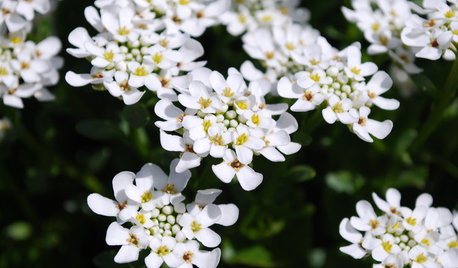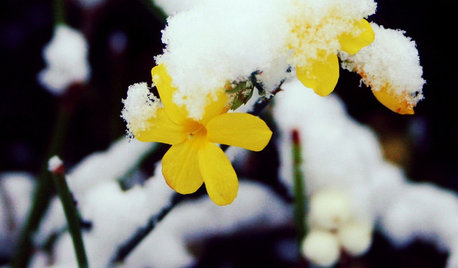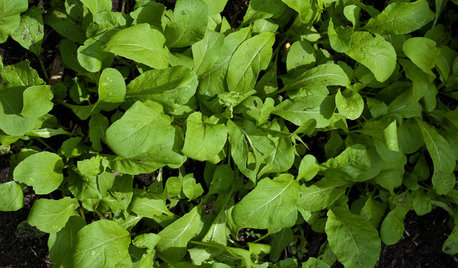Green manure or mulch for winter
josko021
13 years ago
Related Stories

GARDENING GUIDESThe Poop Scoop: Enrich Your Soil With Good Old Manure
Get over the ick factor already — this natural super-ingredient for soil has so many benefits, you'll wonder why you ever went chemical
Full Story
GARDENING GUIDESThe Art of Green Mulch
You can design a natural garden that doesn’t rely on covering your soil with wood and bark mulch
Full Story
GARDENING GUIDESNew Ways to Think About All That Mulch in the Garden
Before you go making a mountain out of a mulch hill, learn the facts about what your plants and soil really want
Full Story
GARDENING GUIDESGarden Myths to Debunk as You Dig This Fall and Rest Over Winter
Termites hate wood mulch, don’t amend soil for trees, avoid gravel in planters — and more nuggets of garden wisdom
Full Story
GARDENING GUIDESHow to Pick a Mulch — and Why Your Soil Wants It
There's more to topdressing than shredded wood. Learn about mulch types, costs and design considerations here
Full Story
HOUSEPLANTSHow to Force Amaryllis Bulbs Indoors
Enjoy vibrant red blossoms even as gardens turn snowy white, by teaching this hardy repeat performer to ignore the calendar
Full Story
GROUND COVERSGreat Design Plant: Evergreen Candytuft for Glossy Winter Foliage
Keep your garden green through frosty days with this woody subshrub — then delight in sparkling white flowers come spring
Full Story
YELLOW FLOWERSGreat Design Plant: Winter Jasmine Gladdens Snowy Gardens
Sunny yellow flowers defy the frost, bringing cheer to the garden on gray days
Full Story
COOL-SEASON CROPSCool-Season Vegetables: How to Grow Salad Greens
From arugula to radicchio, greens have taken a top spot on the table and in fall and winter gardens. See how to start growing them now
Full Story
WINTER GARDENINGWinter Gardening: Ideas for a Dream Potting Room
Check out potting rooms that get indoor gardening right — and learn tips for creating your own
Full Story






Kimmsr
borderbarb
Related Professionals
Harrison Landscape Architects & Landscape Designers · Jennings Landscape Architects & Landscape Designers · Panama City Landscape Architects & Landscape Designers · Prairie Ridge Landscape Architects & Landscape Designers · Springfield Landscape Contractors · Beverly Hills Landscape Contractors · Elkridge Landscape Contractors · Holland Landscape Contractors · Milford Mill Landscape Contractors · Paso Robles Landscape Contractors · Rockland Landscape Contractors · Bloomington Decks, Patios & Outdoor Enclosures · Boston Decks, Patios & Outdoor Enclosures · Rantoul Decks, Patios & Outdoor Enclosures · Rogers Decks, Patios & Outdoor Enclosuresidaho_gardener
josko021Original Author
borderbarb
josko021Original Author
darth_weeder
josko021Original Author